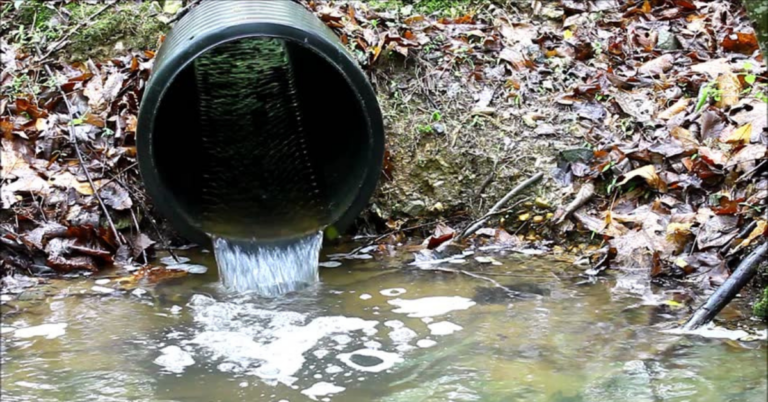By GREG WALCHER | GregWalcher.com
An “end run” was once a common football term, describing an offensive play in which the ball carrier runs around the end of the defensive line. But today it is more often used rhetorically to describe a strategic dodge, any maneuver to bypass, circumvent, or sidestep. It’s more common in politics than in football.
Many Westerners celebrated earlier this year when the Supreme Court finally declared once and for all that “Waters of the United States” (WOTUS) does not include every creek, pond, ditch, puddle, and parking lot drain in the country. EPA spent nearly a decade trying to use WOTUS as the regulatory tool for a vast expansion of federal jurisdiction, to include virtually all activity that touches any water, ignoring the plain language of the Clean Water Act of 1972, from which the WOTUS definition originates. It explicitly applies to America’s major rivers, bays, and oceans – “navigable waters.”
With such a clear ruling from the nation’s highest court, might one expect the EPA to get over itself and move on? On the contrary, we have learned to expect an “end run” around the courts and the law, precisely what is now happening.
The Clean Water Act contains the phrase “waters of the U.S.” in twelve places. Nine of those use the phrase “navigable waters of the U.S.,” and the other three refer specifically to barges and the Gulf Inter-coastal Waterway. In the definitions section, “navigable waters” is defined as “waters of the U.S.,” meaning the terms are synonymous. There are no “waters of the U.S.” that are not navigable, under the law.
WOTUS became one of the most litigated issues in environmental history, with lawsuits challenging EPA filed by more than half of the states, and federal courts reining in the agency several times. Congress also overruled it once, signaling both the EPA and the courts that it never intended such broad authority. As the Supreme Court ruling made clear in the Sackett v EPA case, Congress has had 50 years to re-define “navigable waters,” if it wanted to expand EPA authority.
EPA is not waiting for Congress, though. Time for the “end run.” The White House held a “Water Summit” to strategize how to get around the Court. That resulted in a multi-agency plan to re-assert federal authority over the future of wetlands, openly defying the ruling. The new policy is grandiosely titled “The America the Beautiful Freshwater Challenge: A Partnership to Conserve and Restore America’s Rivers, Lakes, Streams, and Wetlands.” It proclaims a “bold, new national goal to protect, restore, and reconnect eight million acres of wetlands and 100,000 miles of our nation’s rivers and streams.”
Part of the plan is to get state and local governments to do what the courts have blocked EPA from doing (stopping landowners from using their property). And predictably, ten states, eight tribes, and 24 cities have already agreed, including Colorado. The White House blamed the Supreme Court for a ruling “which dramatically reduced federal protections for wetlands in one of the largest judicial rollbacks of environmental protections in U.S. history.” Well, yes, that was the point – required because the WOTUS rules were the largest unauthorized expansion of environmental protections in U.S. history.
The Court called the EPA rule exactly what it was, an attempt to impose federal zoning on millions of acres of private land across the U.S., under the guise of “protecting” wetlands.
Since any new attempt to impose federal jurisdiction would bring more lawsuits and court smack-downs, the easier approach for this Administration is to throw money. Several billion dollars’ worth of new programs were announced, for drinking water projects on reservations, upgrades at federal water facilities, another $123 million for the National Oceanic and Atmospheric Administration to expand “coastal management,” and $11 million “to combat Western megadroughts,” presumably meaning to make it snow. Notice none of that involves controlling private property.
That’s where the states come in. Colorado is the first to respond to Biden’s challenge, its legislature replacing EPA’s ill-fated zoning authority with a new state office, controlling “dredge and fill” permits that supporters say will accomplish the same thing. One environmental industry official gushed, “Coloradans should be proud that their state leaders recognized the value of the state’s water resources and adopted a thoughtful program that protects them from unregulated pollution and destruction.”
Someone should tell him that “pollution and destruction” of the state’s water resources has always been illegal. This is not about “protecting” anything. It is an end run around the courts.
Editor’s note: Opinions expressed in commentary pieces are those of the author and do not necessarily reflect the opinions of the management of the Rocky Mountain Voice, but even so we support the constitutional right of the author to express those opinions.

